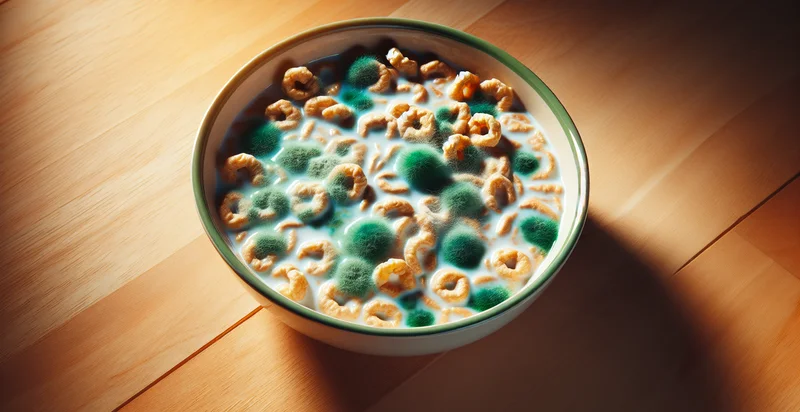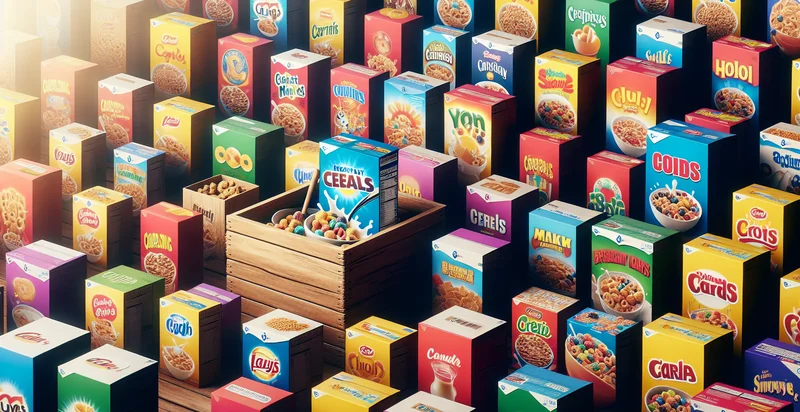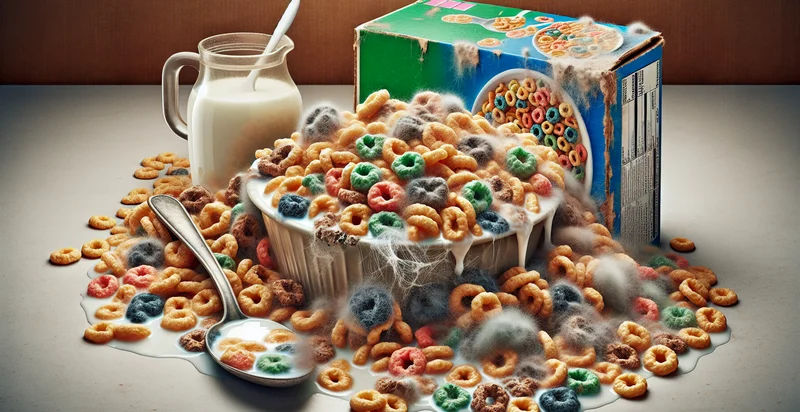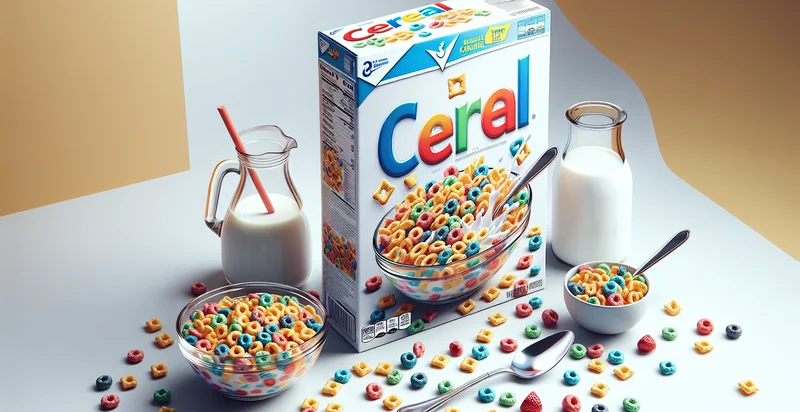Identify if cereal is moldy
using AI
Below is a free classifier to identify if cereal is moldy. Just upload your image, and our AI will predict if cereal is moldy - in just seconds.

Contact us for API access
Or, use Nyckel to build highly-accurate custom classifiers in just minutes. No PhD required.
Get started
import nyckel
credentials = nyckel.Credentials("YOUR_CLIENT_ID", "YOUR_CLIENT_SECRET")
nyckel.invoke("if-cereal-is-moldy", "your_image_url", credentials)
fetch('https://www.nyckel.com/v1/functions/if-cereal-is-moldy/invoke', {
method: 'POST',
headers: {
'Authorization': 'Bearer ' + 'YOUR_BEARER_TOKEN',
'Content-Type': 'application/json',
},
body: JSON.stringify(
{"data": "your_image_url"}
)
})
.then(response => response.json())
.then(data => console.log(data));
curl -X POST \
-H "Content-Type: application/json" \
-H "Authorization: Bearer YOUR_BEARER_TOKEN" \
-d '{"data": "your_image_url"}' \
https://www.nyckel.com/v1/functions/if-cereal-is-moldy/invoke
How this classifier works
To start, upload your image. Our AI tool will then predict if cereal is moldy.
This pretrained image model uses a Nyckel-created dataset and has 2 labels, including Fresh Cereal and Moldy Cereal.
We'll also show a confidence score (the higher the number, the more confident the AI model is around if cereal is moldy).
Whether you're just curious or building if cereal is moldy detection into your application, we hope our classifier proves helpful.
Related Classifiers
Need to identify if cereal is moldy at scale?
Get API or Zapier access to this classifier for free. It's perfect for:
- Food Safety Monitoring: This use case involves retailers and manufacturers utilizing the moldy cereal identifier to monitor the quality of cereal products throughout the supply chain. By quickly identifying and removing affected products before they reach consumers, companies can ensure compliance with health regulations and enhance customer safety.
- Inventory Management: Supermarkets can implement this classifier to assess inventory in real time and determine which cereal products may need to be discarded or marked down. This proactive management helps reduce waste, improves stock rotation, and leads to better inventory accuracy.
- Quality Control: Cereal manufacturers can use the identifier during their quality assurance processes to detect mold on products before they leave the factory. This ensures only safe, high-quality products are sent to retailers, thereby preserving brand reputation and reducing customer complaints.
- Consumer Alerts: An app could be developed that allows consumers to scan their cereal boxes to check for mold presence using the identification function. This would empower consumers to take preventive measures before consuming potentially hazardous products, enhancing their safety and trust in the brand.
- Research and Development: Research teams can use this classification function to study mold prevalence in various cereal types and ingredients, driving innovative solutions for improving shelf life. Insights derived from this data can inform product development strategies and improve overall product formulations.
- Supply Chain Optimization: Distributors can leverage the mold detection tool to inform suppliers about the conditions under which cereals were transported and stored. This information can lead to better practices in logistics, reducing the likelihood of mold growth and improving overall product integrity.
- Customer Feedback Loop: Companies can use the results from this identification function to drive improvements in customer satisfaction surveys and feedback. By tracking instances of mold detection linked to specific products, businesses can better understand their customers' experiences and address underlying issues more effectively.


